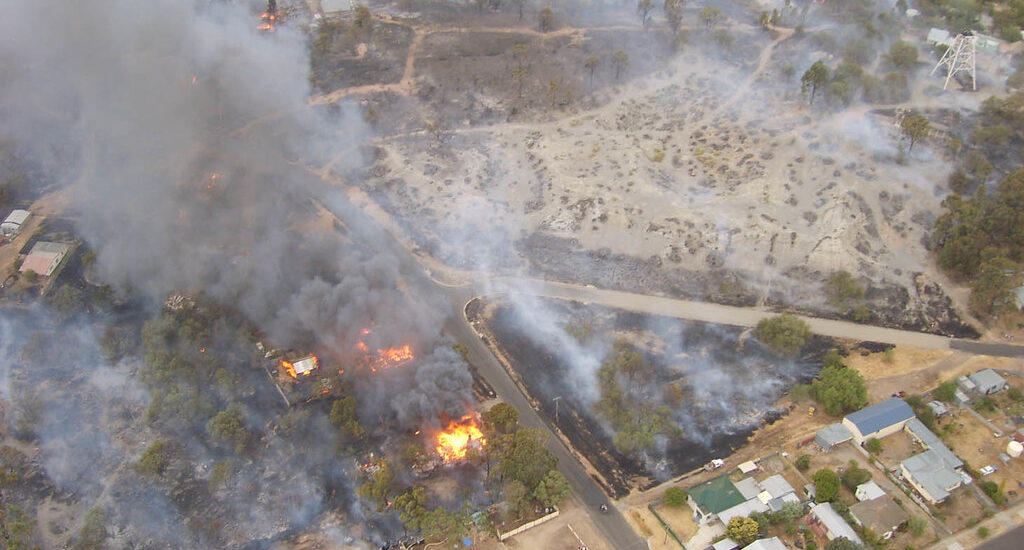On the 7th of February 2009, Victoria, Australia, faced one of its most devastating natural disasters—what became known as the Black Saturday bushfires. Among the hardest-hit areas was Bendigo, a city with a rich history rooted in the gold rush era of the 19th century. On that scorching summer day, temperatures soared and strong winds fueled a firestorm that swept through the landscape with terrifying speed and intensity.
Bendigo, known historically for its gold mines, found its community suddenly at the mercy of a natural calamity. The fires in Bendigo ignited around midday, with flames reaching heights that seemed to touch the sky. Emergency services and local residents banded together in a desperate attempt to save lives and property. Despite their efforts, the fire claimed a significant portion of the city, leaving a trail of destruction in its wake.
The Bendigo fire was part of a series of fires that devastated large areas across Victoria, resulting in the loss of 173 lives and over 2,000 homes. It was a day that tested the resilience and spirit of the people of Bendigo and the broader state of Victoria. The aftermath saw a community united in rebuilding and recovery, with stories of heroism and solidarity emerging from the ashes.
The Black Saturday fires highlighted the urgent need for improved fire safety measures and community preparedness. In the years that followed, significant efforts were made to enhance fire response strategies and to educate residents about fire safety.
Today, Bendigo stands as a testament to resilience and recovery. The community has rebuilt and commemorates the past while looking to a safer future. The Black Saturday Bendigo Fire serves as a reminder of nature’s power and the enduring spirit of those who call Bendigo home.




